How Long Does Data Annotation Take To Accept You

Imagine sitting at your desk, the glow of the screen illuminating your face. You've just submitted your application to a data annotation platform, eager to contribute to the world of artificial intelligence. The question now hangs in the air: how long will it take?
The journey to becoming a data annotator can vary considerably. While there's no magic number, understanding the factors that influence the acceptance timeframe is crucial for managing expectations and planning your next steps. Let's delve into the world of data annotation and explore what affects the waiting period.
Understanding Data Annotation
Data annotation is the process of labeling data to make it understandable for machine learning models. This can include tasks like tagging images, transcribing audio, or classifying text. The accuracy and quality of the annotations directly impact the performance of AI algorithms.
It's a vital component in training AI systems for various applications, from self-driving cars to medical diagnosis. As AI becomes increasingly integrated into our lives, the demand for skilled data annotators continues to rise.
Why the Wait?
Several factors contribute to the acceptance timeframe for data annotation platforms. These include the platform's application volume, the complexity of the screening process, and the specific project requirements.
High demand can lead to longer waiting times as platforms sift through a larger pool of applicants. The thoroughness of the screening process, designed to ensure quality, also plays a significant role.
Factors Affecting Acceptance Time
Application Volume: The sheer number of applications a platform receives can significantly impact processing times. A popular platform with a strong reputation will naturally have a larger backlog.
Screening Process: Platforms often implement rigorous screening procedures to assess an applicant's skills and suitability. This might involve tests, sample annotation tasks, and background checks.
Project Requirements: Some projects require specific expertise or language proficiency. The availability of projects matching your skillset can influence how quickly you're accepted and assigned tasks.
Typical Timeframes
While there's no universally applicable timeline, here are some general estimations gleaned from various sources and anecdotal evidence:
Immediate: Some platforms offer instant acceptance after completing a brief quiz or tutorial. These are often simpler platforms with lower pay rates. These quick acceptances are more the exception than the rule.
1-7 Days: This is a common timeframe for platforms with moderate application volumes and straightforward screening processes. You may receive an email confirmation or an invitation to complete further assessments.
2-4 Weeks: For platforms with high application volumes or projects requiring specialized skills, the waiting period can extend to several weeks. Patience is key during this phase.
Over 4 Weeks: In rare cases, it may take longer than a month to receive a response. This could be due to a surge in applications, a backlog of projects, or a mismatch between your skillset and current needs.
Tips for Expediting the Process
While you can't magically shorten the waiting time, there are steps you can take to improve your chances of a faster acceptance:
Highlight Relevant Skills: Emphasize your skills and experience in your application. Showcase any previous annotation work, language proficiency, or subject matter expertise.
Complete Assessments Thoroughly: If the platform requires assessments, take them seriously and strive for accuracy. A strong performance demonstrates your commitment and competence.
Follow Instructions Carefully: Pay close attention to the application instructions and adhere to them meticulously. This shows attention to detail, a crucial trait for data annotators.
Platform Examples (Illustrative)
It's challenging to provide precise acceptance times for specific platforms without direct, real-time data, which is often proprietary. However, based on user reviews and industry discussions, here are some generalized observations (note that these are subject to change):
Amazon Mechanical Turk (MTurk): Known for its massive scale, MTurk can have variable acceptance times. It might take a few days to be fully approved. Some HITs (Human Intelligence Tasks) offer immediate rewards.
Appen: Appen often requires a more thorough application process, including assessments and background checks. Acceptance can range from one to several weeks, depending on project availability.
Lionbridge (Telus International): Similar to Appen, Lionbridge's acceptance timeframe can vary. They often have stringent requirements, leading to a potentially longer wait.
Clickworker: Clickworker is known for a relatively quick onboarding process. Once you pass the initial assessments, you can start working on available tasks fairly quickly.
The Human Element
It's important to remember that behind every application, there are real people making decisions. Application reviewers are often looking for more than just technical skills. They also want to see a demonstrated commitment to quality and a willingness to learn.
Building a strong online presence, showcasing your skills on platforms like LinkedIn or a personal website, can also indirectly improve your chances. These platforms help in establishing credibility and showcasing a genuine interest in the field.
Staying Positive and Proactive
The waiting period can be frustrating, but it's essential to remain positive and proactive. While waiting, continue to hone your skills through online courses or practice on freely available datasets. This will not only make you a more attractive candidate but also prepare you for future annotation tasks.
Consider exploring multiple platforms and submitting applications to several at once. This increases your chances of acceptance and allows you to diversify your income streams. Diversifying also protects you from the variable workload on any single platform.
The Future of Data Annotation
The data annotation landscape is constantly evolving. As AI continues to advance, the demand for high-quality annotated data will only grow. This means more opportunities for skilled and dedicated annotators.
The rise of automated annotation tools is also changing the industry. While automation can speed up the process, human oversight and quality control remain crucial. This underscores the enduring importance of skilled human annotators.
A Rewarding Journey
Becoming a data annotator can be a rewarding journey, offering flexible work arrangements and the opportunity to contribute to cutting-edge AI projects. While the waiting period can test your patience, the potential benefits make it worthwhile.
By understanding the factors that influence acceptance times and taking proactive steps to improve your application, you can increase your chances of success. Embrace the process, stay positive, and prepare to embark on an exciting career in the world of data annotation.
Ultimately, the best approach is to be patient, diligent, and persistent. The field of data annotation offers numerous opportunities for those who are willing to invest the time and effort. It's a marathon, not a sprint.



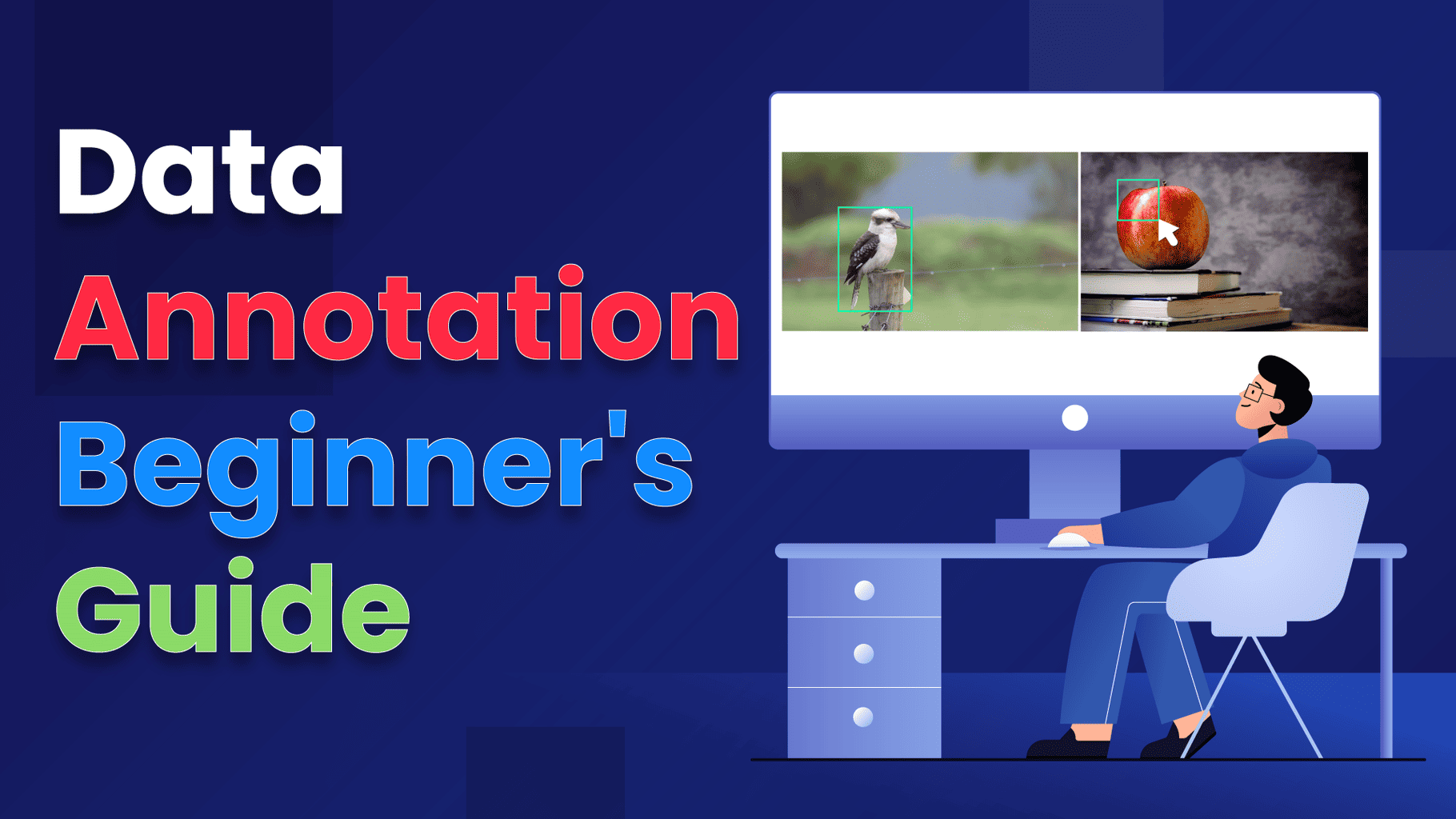
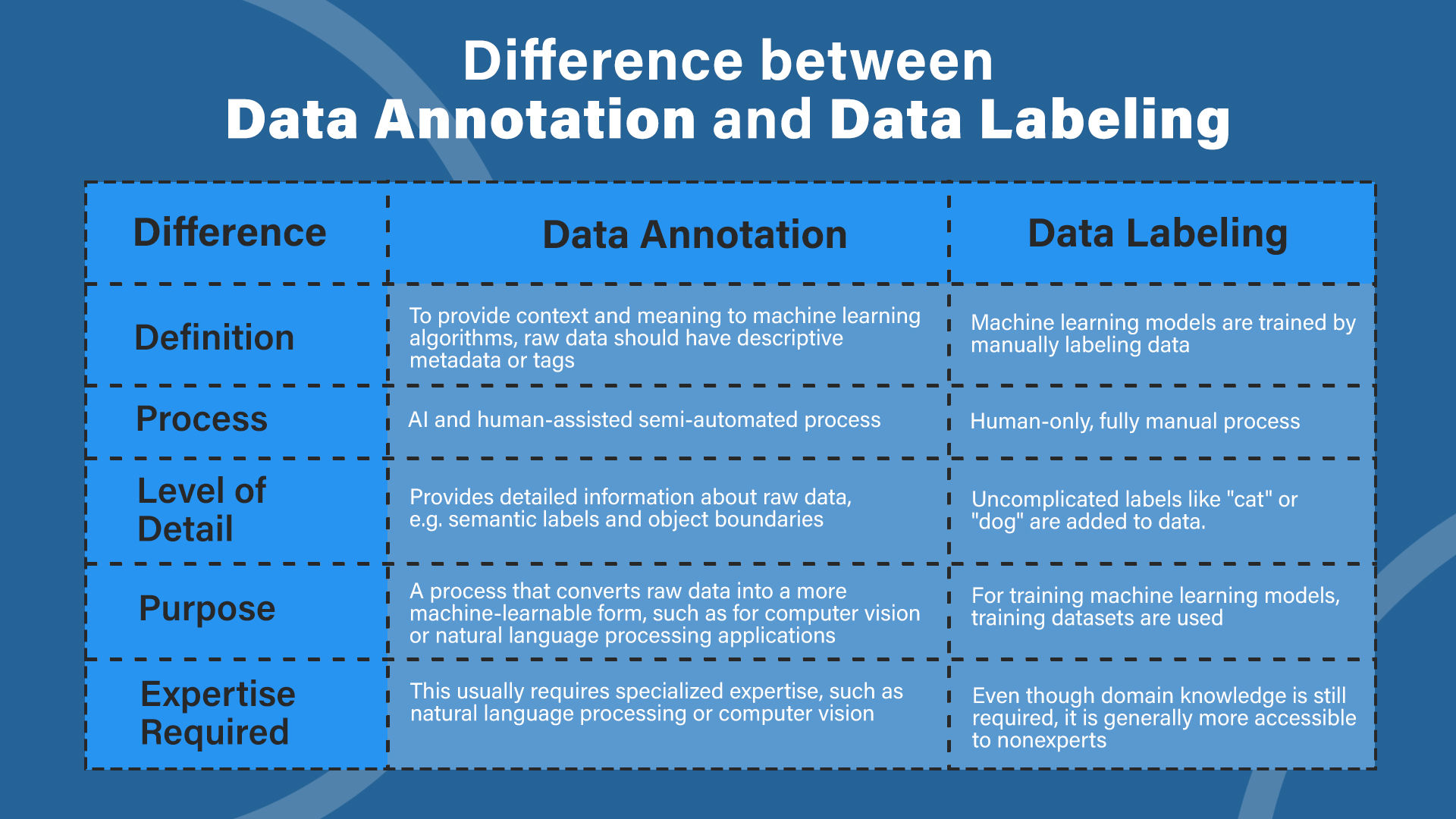
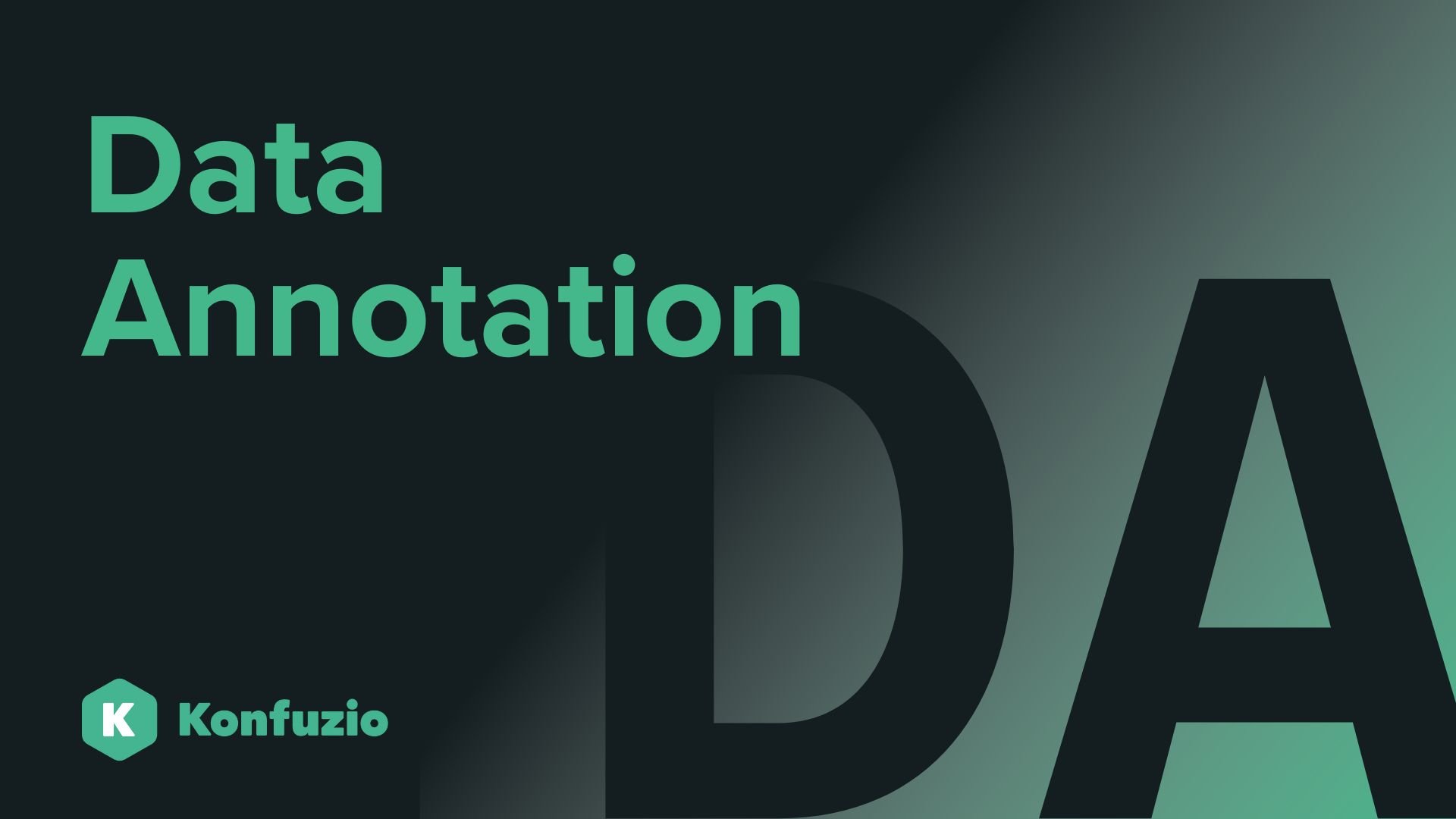

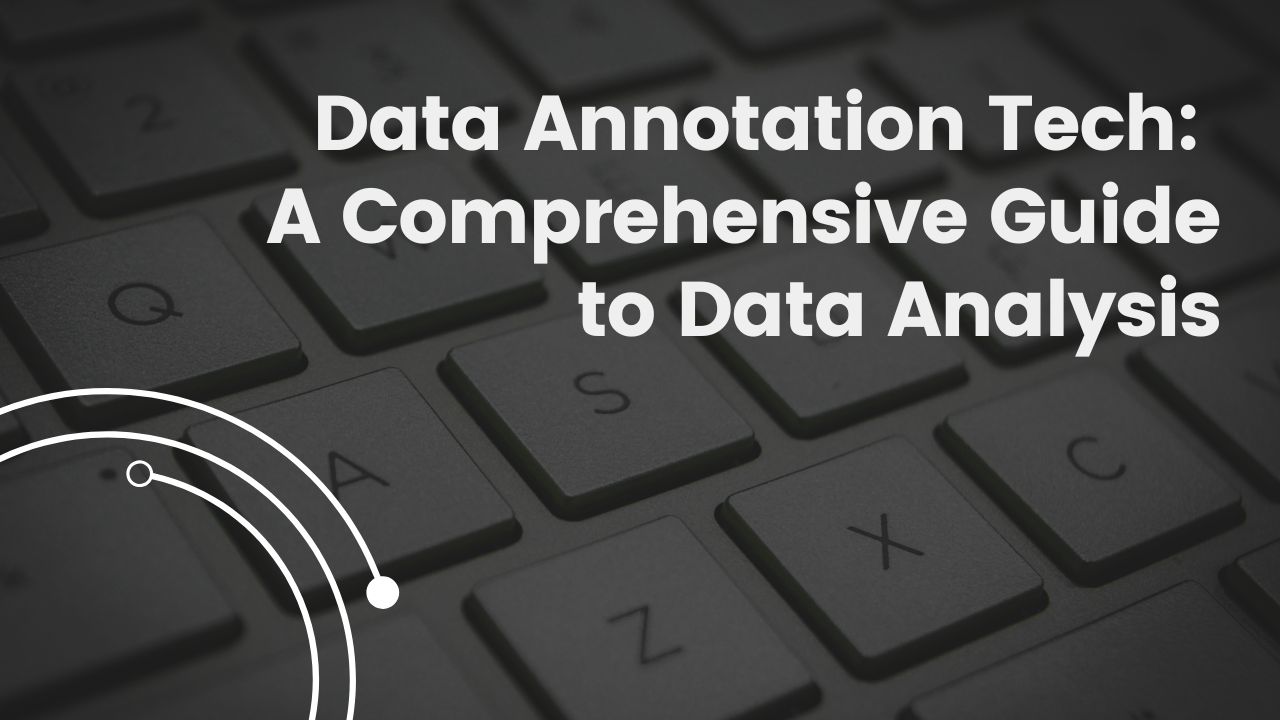
![How Long Does Data Annotation Take To Accept You Artificial Intelligence Annotation [Things You Must Know] - Portfolink](https://portfolink.com/blog/wp-content/uploads/2024/02/artificial-intelligence-text-annotation.jpg)
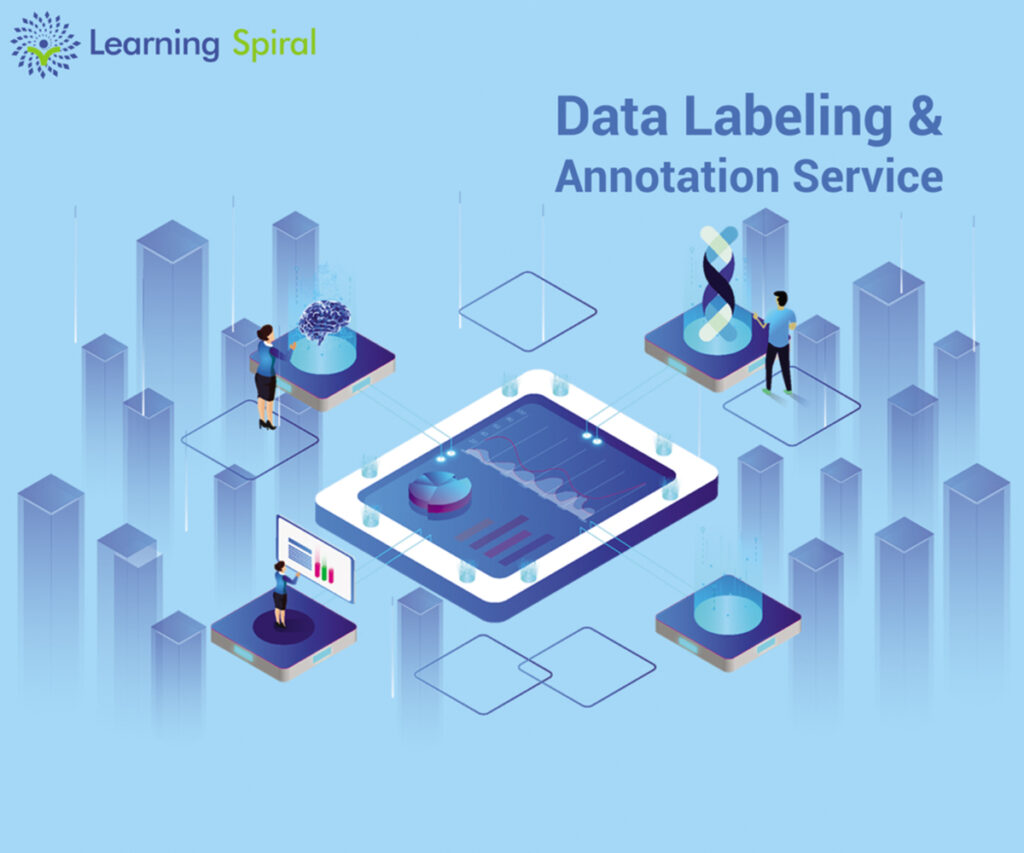


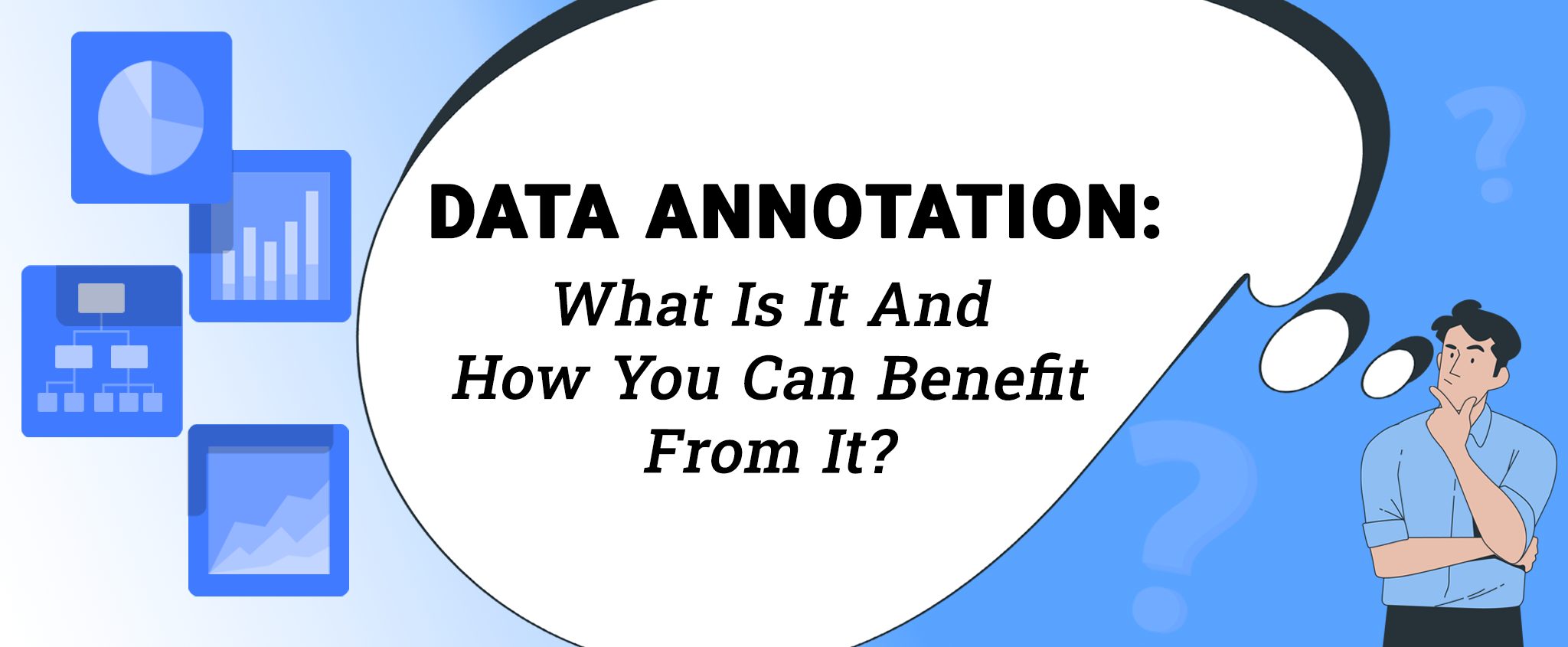
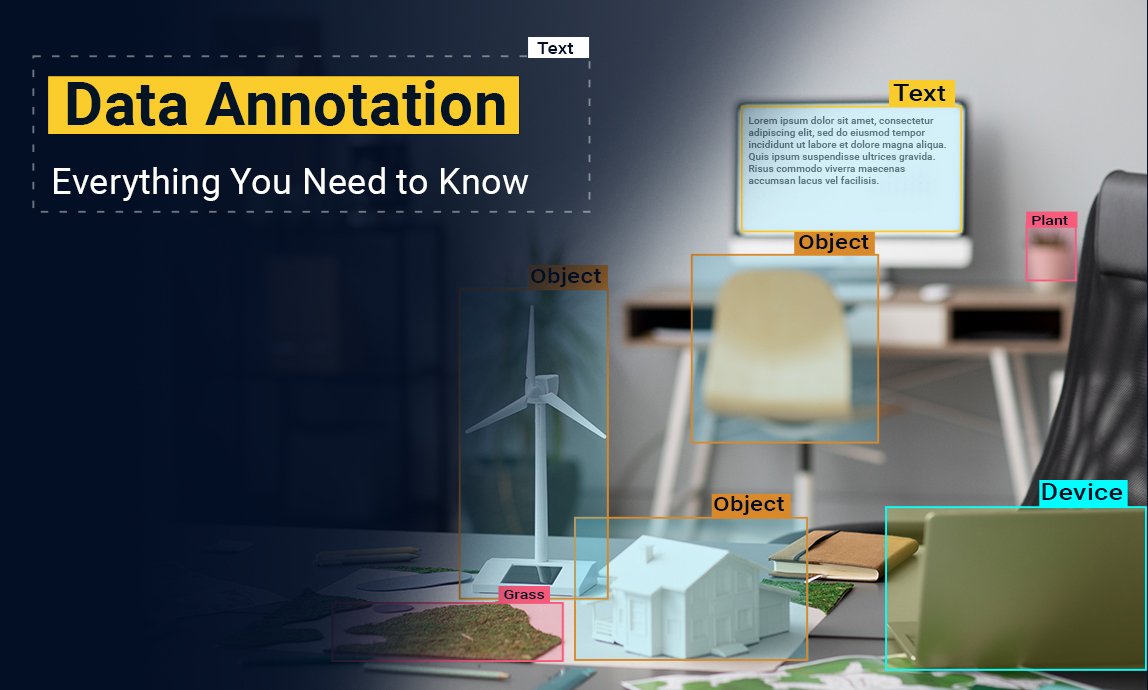
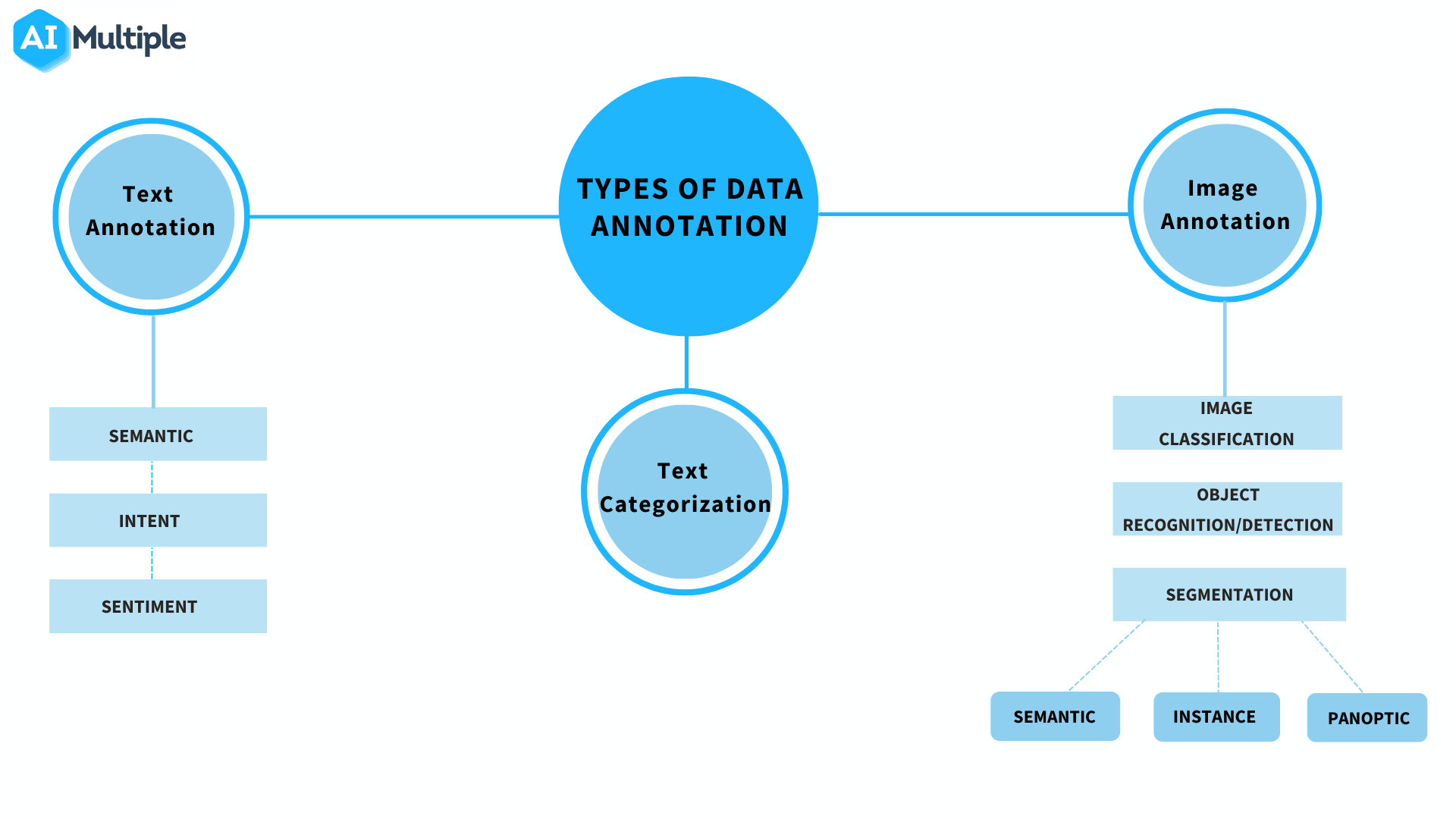
![How Long Does Data Annotation Take To Accept You What Is Data Annotation? Definition, Tools, Datasets [Guide]](https://assets-global.website-files.com/5d7b77b063a9066d83e1209c/61565edc7a364b2cce3662eb_aBa67EhTfpSozTke5QH4NkMim7DawhVC6ZezafEKUgsr0lTUtGM7HoBChPp-5r0OJy119abUTEn0JKuVNAlIgcnycFndxuY3ZHNM17EmSo9KP-Kuc8wYGYCuFJone0PTYwzMmY9x%3Ds0.png)


